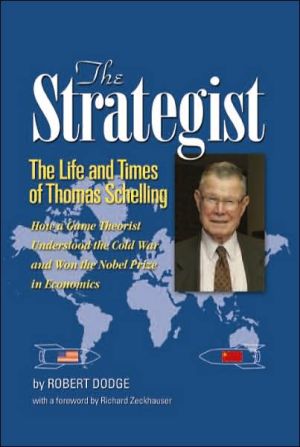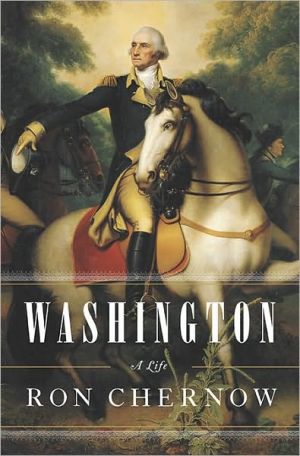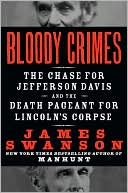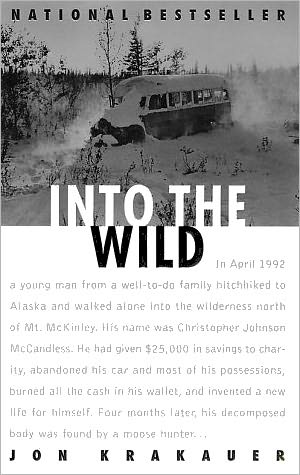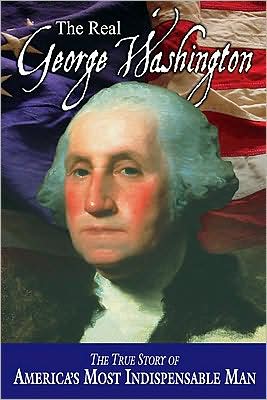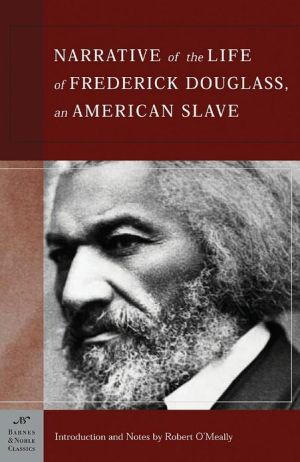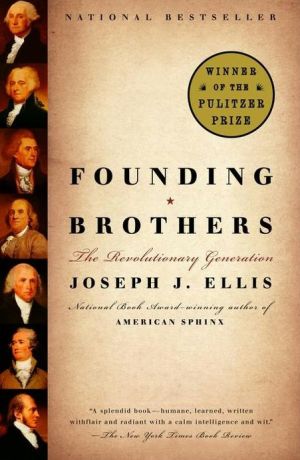The Strategist: The Life and Times of Thomas Schelling: How a Game Theorist Understood the Cold War and Won the Nobel Prize in Economics
It is strange that a book could carry endorsement from both Robert McNamara and Daniel Ellsberg, perhaps even more so when a prime minister is added to the mix. What could bring such a combination together is a man with a ready smile and a twinkle in his eye who had lived a life unknown to the general public until his profound yet quiet influence was recognized as he was awarded a Nobel Prize for Economics in 2005. Thomas C. Schelling had liked solving puzzles from his early days and that joy...
Search in google:
It is strange that a book could carry endorsement from both Robert McNamara and Daniel Ellsberg, perhaps even more so when a prime minister is added to the mix. What could bring such a combination together is a man with a ready smile and a twinkle in his eye who had lived a life unknown to the general public until his profound yet quiet influence was recognized as he was awarded a Nobel Prize for Economics in 2005. Thomas C. Schelling had liked solving puzzles from his early days and that joy of solving puzzles would lead him to study economics, as the Great Depression had offered the most difficult of all puzzles, then to nuclear strategy when the puzzle became survival in the Cold War. This is his story.
Chapter 1: The Beep Heard 'Round the World\ The road to Thomas Schelling's Nobel Prize began in the fall of 1957 in the most unexpected of places. A man governed by pure reason, Schelling was unmoved by the emotions and fears gripping the times-fears of a secret I Led Three Lives world of "cells" and spies and a constant internal communist threat that compounded an overseas evil. Ensconced in Yale's ivory towers, Schelling was more concerned that autumn with the details of game theory than with the state of world affairs. Yet halfway around the globe, monumental changes were under way that would eventually draw him onto the international stage.\ "It's going to be the small one this time," Yuri thinks. Most of the men are choosing the larger one, but they're wrong. Raucous cheering erupts when the two combatants are thrown in. The fighters circle each other briefly, then attack furiously, going for the kill. Yuri was right: The big one is dead. Although the smaller one won't last long, he's clearly the winner. Sometimes the small ones kill the big ones . . . sometimes the big ones kill the small ones . . . One can never be sure with scorpions. The next two combatants are the same size, so which one would it be this time? There's one way to find out: Toss them into a glass jar together so everyone can watch.\ It's not great entertainment, but few diversions are available to escape the pressures and monotony in this ultra-high security area known as the "Baikonur Cosmodrome" near the village of Tyuratam. Before long, a crowd would gather around to watch the spectacle again. Abundant in the sandy, dry flatlands of Kazakhstan, scorpions are easiest to trap on the paved road leading intothe mining town of Baikonur some 200 miles away.\ As he leaves the lab and retires to his boxcar for the night, Yuri doesn't feel the same sense of release from boredom he usually enjoys after the scorpion fights. He knows something is different, but Ostashev hasn't mentioned anything. Yuri's boss always lets them know when something special is going on, so they can look particularly busy in case an important official shows up. The tanks now sitting on the railroad cars look like the same ones there last May when Sergei Korolev himself was present, and those cars had held alcohol and liquid oxygen. Last May's effort was a success, so everyone on Ostashev's team knows they can repeat the process. But now Mikhail Yangel from Dnepropetrovsk is lurking around. What could that mean? Something big must be going on.\ Yuri and his fellow workers will have to wait and see: Ever since construction first began at the Soviet's base at Tyuratam in 1955, secrecy has been a top priority. The base's "Site 2" houses assembly and processing materials surrounded by barracks and other living quarters, but the mystery project at "Site 1" is known to the workers only as "the stadium."\ At Site 1, the pace picks up. More engineers and technicians arrive, and work crews begin assembling structures on the pad. The scorpion dueling continues, but such distractions become less and less frequent. A big day is approaching-a very big day, because Korolev himself has returned, followed by a railroad car bearing his R-7 rocket. Yuri recognizes the man from a distance, the autumn sun reflecting off the round, balding head atop that heavy frame. Years of imprisonment after Stalin's purge trials of the late 1930s had given Korolev a hardened look. And with Korolev's arrival, Ostashev is suddenly called away-to Moscow, he says.\ On October 4, 1957, at precisely 10:28 p.m. the alcohol mixes with the liquid oxygen and ignites. The explosion lights up the night sky, throwing up a billowing cloud of vapor and dust. The noise is deafening, and the ground trembles violently as a quarter of a million pounds of engine thrust pummel the desert floor. A massive 31 rises, gradually gaining speed and shooting off into the darkness when its first stage drops away.\ At Tyuratam, where secrecy and security were absolute and went hand in hand, the workers had just witnessed the second successful launch of an Intercontinental Ballistic Missile. The genie was released from the bottle- and the race for space had begun.\ The second stage of this Soviet rocket has been modified, however, to carry a 184, highly polished aluminum sphere the size of a beach ball. Filled with temperature-controlling nitrogen and attached to the rocket's nose cone with a special spring-separation system, the ball contains two radio transmitters. When it reaches 500 miles above Earth, the missile releases its little companion-its "fellow traveler," or Sputnik in Russian-and the small sphere becomes the first man-made object ever to orbit Earth. Traveling 18,000 miles per hour, it circles the planet every 96 minutes. In Moscow, Ostashev celebrates with ice cream and brandy, sending a message to Yuri and his fellow workers: "Congratulations. The road to the stars is now open."\ Americans had gone to bed that Friday night knowing Marshal Dillon would get the bad guy next Monday on Gunsmoke, and that I Love Lucy would keep them laughing. When they woke up the next morning, everything was different. REDS ORBIT ARTIFICIAL MOON, headlines blared. The world had changed.\ People didn't know what to think. Was Sputnik looking down on them during its seven daily passes over the United States? Were the Russians going to launch an attack? What was a satellite, anyway? And there was that grating beep, beep, beep broadcast every 90 minutes on two different public radio frequencies from its transmitters in space. What Americans did realize was that the Russians were beating them. Not since 1949, when President Harry Truman announced that the U.S. monopoly on atomic weapons was at an end, had Americans experienced a similar jolt to their sense of security and safety. In a Cold War-world divided into good and evil, with each side capable of completely destroying the other, the evil side had just taken an ominous stride forward.\ President Dwight Eisenhower tried to calm the panic by saying that orbiting a satellite was really nothing special, and that the United States still held a commanding lead in science and technology. Americans were not convinced. Michigan Governor G. Mennen Williams captured the common sentiment in a poem:\ Oh little Sputnik, flying high\ With made-in-Moscow beep,\ You tell the world it's a Commie sky\ And Uncle Sam's asleep.\ America's shock was compounded 29 days later when Sputnik II launched-this one a much more complex 1,120, carrying complex instruments and a living (though doomed) passenger, a black-and-white dog named Laika. It couldn't have been more painfully obvious that Russia's sophisticated technology and powerful missiles left the United States trailing. How long before the Reds could launch missiles capable of reaching U.S. shores?\ In a bid to recapture public confidence and international prestige, the United States rushed desperately to get its own satellite in orbit before year's end. The Defense Department announced the test launch of Project Vanguard, which would carry an American satellite into space, for December 4. Unlike the Soviet launch, this wouldn't be held in secret in some remote location. Press from around the world gathered at Cape Canaveral for hourly briefings, and television networks moved in their cameras to capture the event for an eager national audience. Mechanical problems delayed the scheduled launch countdown for 48 hours, however, and the foreign press mocked the U.S. effort with new names for the rocket: Flopnik, Stay-putnik, Kaputnik, Sputternik. Even at home, a joke circulating the nation's capital suggested we rename the rocket the Civil Servant-"because it wouldn't work, and you couldn't fire it."\ Finally, on December 6, the Vanguard rocket rose three feet off the launchpad, shook briefly, then fell back to the ground. The nose cone separated, and the rocket burst into flames. The firemen rushing in to fight the blaze discovered a small ball spinning on the grass near the missile. It was the grapefruit-sized satellite, with one of its antennas released as though it had been placed in orbit and was transmitting to earth.\ International humiliation was intense, and the Russians enjoyed the moment. The Soviet delegate to the United Nations asked whether the United States would like foreign aid to help with its space program. The Cold War was a two-fold struggle: both a contest in which each side strove to demonstrate its system's superiority to the rest of the world, and a race to develop the military capability necessary for advancing each side's international interests against the other. The Soviet's success with their new technology represented unprecedented gains on both fronts.
Foreword: Thomas Schelling, Ricochet ThinkerAcknowledgmentsChapter 1: The Beep Heard 'Round the WorldChapter 2: Early YearsChapter 3: The Marshall Plan and the Cold WarChapter 4: White House YearsChapter 5: Yale and Bargaining TheoryChapter 6: Game TheoryChapter 7: RANDChapter 8: The Cold Warrior EmergesChapter 9: Harvard and The Strategy of ConflictChapter 10: Dr. Strangelove and the HotlineChapter 11: Chicken Dilemma in BerlinChapter 12: War GamesChapter 13: The Prisoner's Dilemma of Nuclear ArmsChapter 14: Vietnam EscalationChapter 15: Living in the '60s Chapter 16: Critical Mass and Racial TippingChapter 17: SingaporeChapter 18: Madman TheoryChapter 19: Concluding VietnamChapter 20: Self-CommandChapter 21: Global WarmingChapter 22: Models in Game TheoryChapter 23: The John F. Kennedy School of GovernmentChapter 24: Life ChangesChapter 25: TabooChapter 26: RecognitionChapter 27: PostscriptEndnotesSourcesIndex
